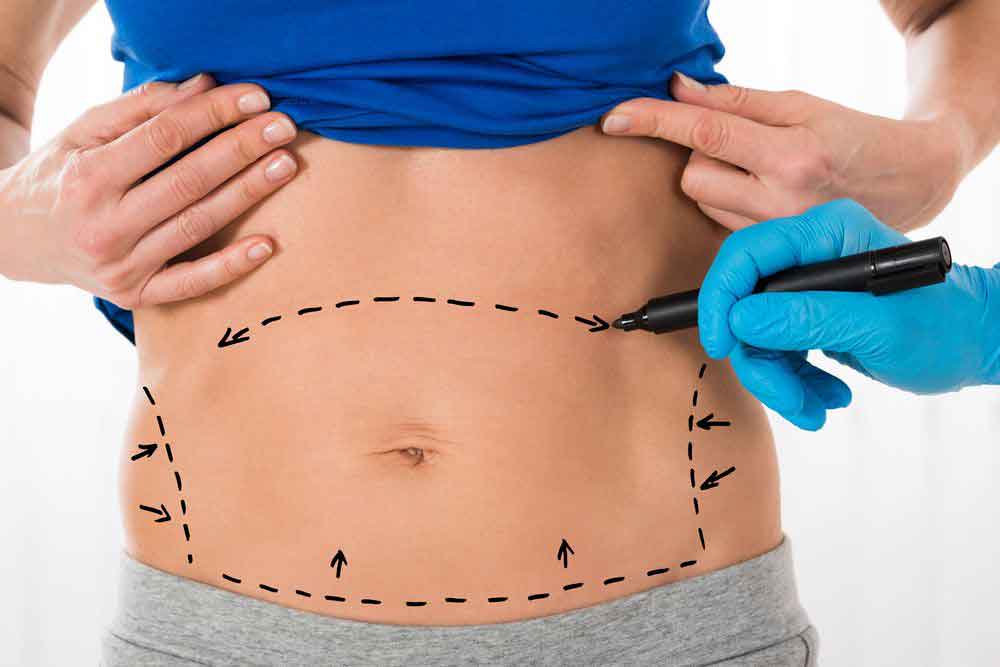
In a world increasingly driven by artificial intelligence and digital precision, the cosmetic surgery industry is undergoing a radical transformation. What was once a manual, sometimes unpredictable process is now being reshaped by AI-guided tools, robotic-assisted technologies, and data-driven decisions. Among all cosmetic procedures, liposuction is experiencing one of the most significant evolutions. Where traditional methods relied heavily on the surgeon’s hand, today’s advancements allow for a level of accuracy, safety, and customization that was unimaginable a decade ago. As body contouring becomes more tailored to the individual, liposuction surgery is stepping into an entirely new realm of innovation.
The Shift from Manual to Intelligent Techniques
Conventional liposuction, introduced in the late 20th century, involved inserting a cannula under the skin to suction out unwanted fat. While effective, it came with a margin for human error, longer recovery periods, and a reliance on the subjective skill of the surgeon. Today, artificial intelligence and smart surgical systems are making those concerns obsolete. AI-enhanced imaging, for instance, allows surgeons to create detailed 3D maps of a patient’s body before the first incision is made. This pre-operative modeling helps identify the ideal areas for fat removal and contouring, minimizing trauma to surrounding tissues.
Intraoperative AI tools can now track fat layers in real time, providing feedback to ensure even, symmetrical results. Some systems use machine learning algorithms trained on thousands of prior surgeries to predict outcomes and guide the surgeon’s movements with robotic precision. These advancements don't replace human skill, but they elevate it—allowing surgeons to work with the utmost accuracy, minimizing risk, and enhancing results.
Customization at Its Finest: AI Meets Aesthetic Goals
In this new era, one of the most compelling benefits of integrating AI into body sculpting is hyper-personalization. Instead of relying on one-size-fits-all procedures, AI platforms can analyze a patient’s unique anatomy, skin elasticity, lifestyle, and aesthetic goals to recommend an ideal treatment plan. Variables like body type, fat distribution, and muscle tone can be fed into the system, which then generates simulations of potential results—often with uncanny accuracy.
These simulations help patients make more informed decisions and set realistic expectations. At the same time, they empower surgeons with a data-backed roadmap for success. Whether the goal is a subtle waistline refinement or a dramatic silhouette transformation, AI makes it easier to deliver precisely what each individual envisions.
This also opens up the possibility of using AI not just for fat removal but for strategic fat grafting. The same fat removed during liposuction can now be purified and used to enhance other areas of the body, such as the buttocks or face, with exquisite control. AI’s role in optimizing the fat harvesting and re-injection process ensures higher fat survival rates and smoother outcomes.
Faster Recovery, Lower Risk, Better Outcomes
AI isn’t just about precision during the procedure—it’s revolutionizing pre- and post-operative care as well. Before surgery, predictive analytics can assess a patient's risk profile based on medical history, lifestyle, and even genetic markers. This allows for a more comprehensive surgical plan and a safer experience overall.
After the procedure, AI-powered wearable devices can monitor vital signs, inflammation, and wound healing in real time. These tools feed data back to the surgical team, allowing for swift interventions if complications arise. Recovery timelines are shortened because trauma is minimized, and follow-up care becomes more proactive than reactive.
Patients also benefit from improved guidance throughout the healing process. Smart apps can remind them when to move, rest, hydrate, or take medications. Some systems even offer virtual consultations using AI chatbots trained to detect signs of distress or abnormal recovery patterns, further reducing the need for emergency visits or complications.
Ethical and Psychological Considerations
With greater capabilities come new responsibilities. As AI gains influence in cosmetic decision-making, ethical concerns naturally arise. Are patients becoming overly reliant on machine-generated perfection? How do we maintain a healthy body image in a world where digital simulations can make any aesthetic seem achievable?
Surgeons must now play an even more active role in educating patients, grounding expectations in realism, and using AI as a tool—not a replacement for sound medical judgment. Psychological assessments may also become a standard part of the consultation process, ensuring patients pursue surgery for the right reasons and not just because technology makes it easier.
There's also the question of data privacy. With patient scans, biometric data, and treatment plans being fed into AI systems, safeguarding this sensitive information becomes paramount. Clinics and technology providers must adhere to the highest standards of cybersecurity to maintain trust in this evolving landscape.
The Future of Body Sculpting: Where We Go Next
What’s next for liposuction in the AI era? We may soon see fully autonomous surgical assistants capable of performing parts of the procedure with minimal supervision, or AI systems that adapt in real-time to changes in a patient’s physiology mid-surgery. Advances in nanotechnology and biocompatible materials might even allow for fat sculpting without traditional surgery—through smart injectables or targeted molecular treatments.
As virtual and augmented reality technologies become more mainstream, patients could soon experience their post-surgery results in real-time holographic simulations. This level of immersive visualization may further transform decision-making and set a new standard for surgical transparency.
Most importantly, AI’s integration with genomics and precision medicine may eventually allow surgeons to predict how each individual’s body will respond to the procedure—not just in terms of aesthetics, but in metabolic function and long-term wellness. Liposuction will no longer be just about removing fat, but about optimizing health, performance, and quality of life.
Conclusion
Liposuction is no longer a blunt tool for fat removal; it is now a finely tuned, AI-enhanced, data-guided instrument of personal transformation. As artificial intelligence continues to evolve, it’s pushing the boundaries of what’s possible in aesthetic medicine—making procedures safer, more effective, and remarkably personalized. For patients and practitioners alike, the future of precision body sculpting looks not only smarter but also more beautiful.
Comments on “Liposuction in the Age of AI and Precision Body Sculpting”